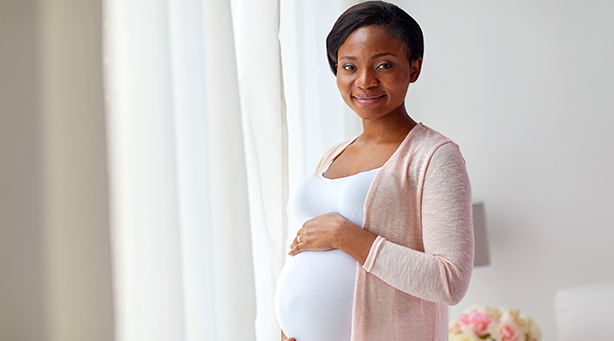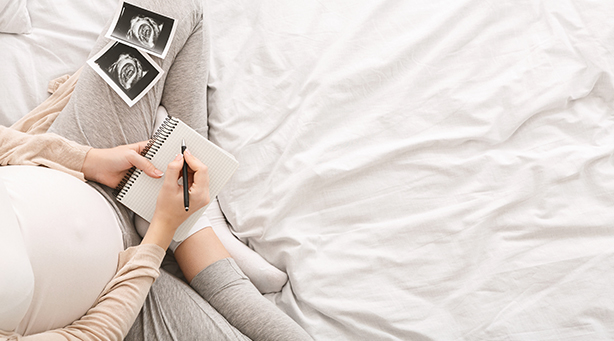Procedures
Caesarean section
Overview
Caesarean delivery, also known as C-section, is a surgical procedure used to deliver a baby through incisions made in the abdomen and uterus. A c-section may be planned ahead of time in cases where there are pregnancy complications, or you've had a previous c-section and aren’t considering vaginal birth after caesarean.
When is a caesarean section done?
In some cases, a c-section may be the safest option for both you and the baby. Dr Hlabisa may recommend a caesarean delivery if:
- Labour is not progressing – Stalled labour is common and often leads to a c-section. A stalled labour occurs when your cervix isn’t opening enough despite strong contractions for over several hours.
- Your baby is in distress – If your obstetrician is concerned about any changes in your baby’s heartbeat, a caesarean may be recommended.
- Your baby or babies are in an abnormal position – If the baby's feet or buttocks enter the birth canal first and can’t be turned.
- Placental problems – If the placenta is partially or completely blocking the cervical opening or has separated from the uterine wall. A c-section may be deemed a safer option.
- Mechanical obstruction – If you have a large fibroid obstructing the cervical opening, a severely displaced pelvic fracture or the baby has a medical condition which may cause the head to be unusually large.
What does a caesarean entail?
Whether the c-section is scheduled or is a last-minute decision, the procedure is the same. Before the procedure, your abdomen will be cleaned, and intravenous (IV) fluids will be inserted in your arm. This will allow Dr Hlabisa to administer fluids and any types of medication that you may need. He may use three types of anaesthesia such as spinal block, epidural and general anaesthesia. After you have been properly medicated and numbed, Dr Hlabisa will make an incision on your abdomen above the pubic hairline.
He will then make an incision into the uterus and then remove the baby from the uterus. The umbilical cord will be clamped and cut, then the baby’s mouth and nose will be cleared. The incisions will be then be stitched close with dissolving stitches and sutures.




